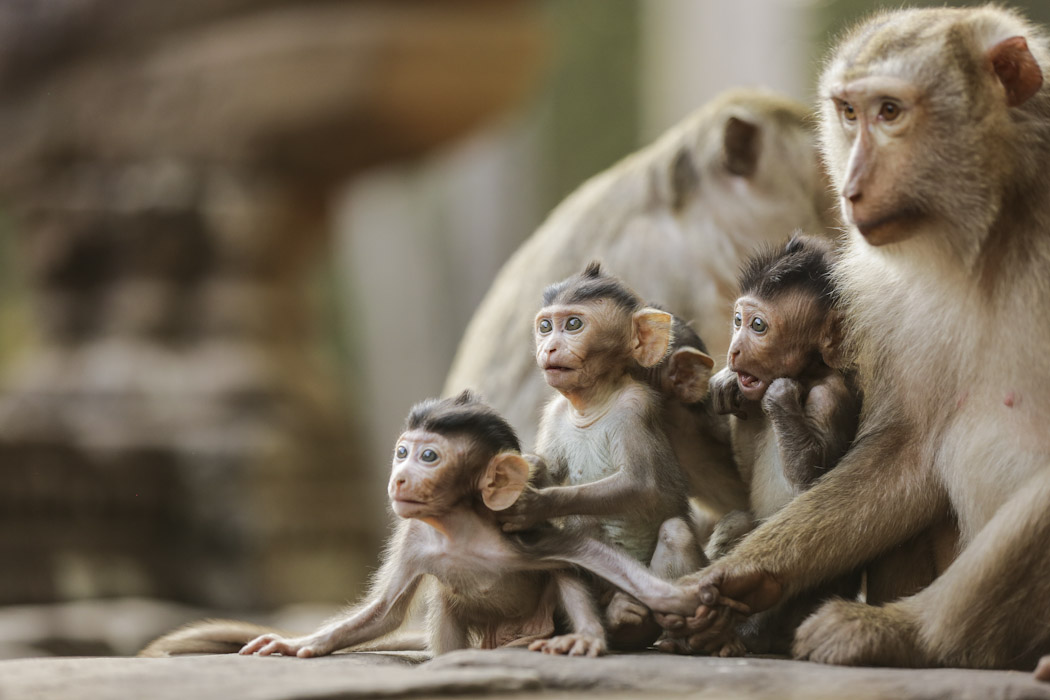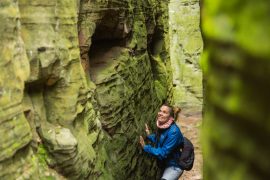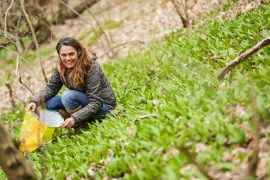Our planet’s wildlife is suffering multiple issues caused by different sources. Besides the decrease in their habitat’s area due to deforestation, they also face challenges related to climate change and difficult co-existence with humans. Wildlife photography should be used as a means to raise awareness to these issues but should never become one more issue.
Photographers should not become part of the problem, even if sometimes, out of lack of knowledge or good sense, we can make more damage than good. The best way to avoid to cross this fragile boundary, is to ask yourself the questions, am I being respectful? Is my attitude and behaviour disrupting the animal’s life and habitat in any way?
This is a short list that can help in case of doubt:
1. Don’t use the flash
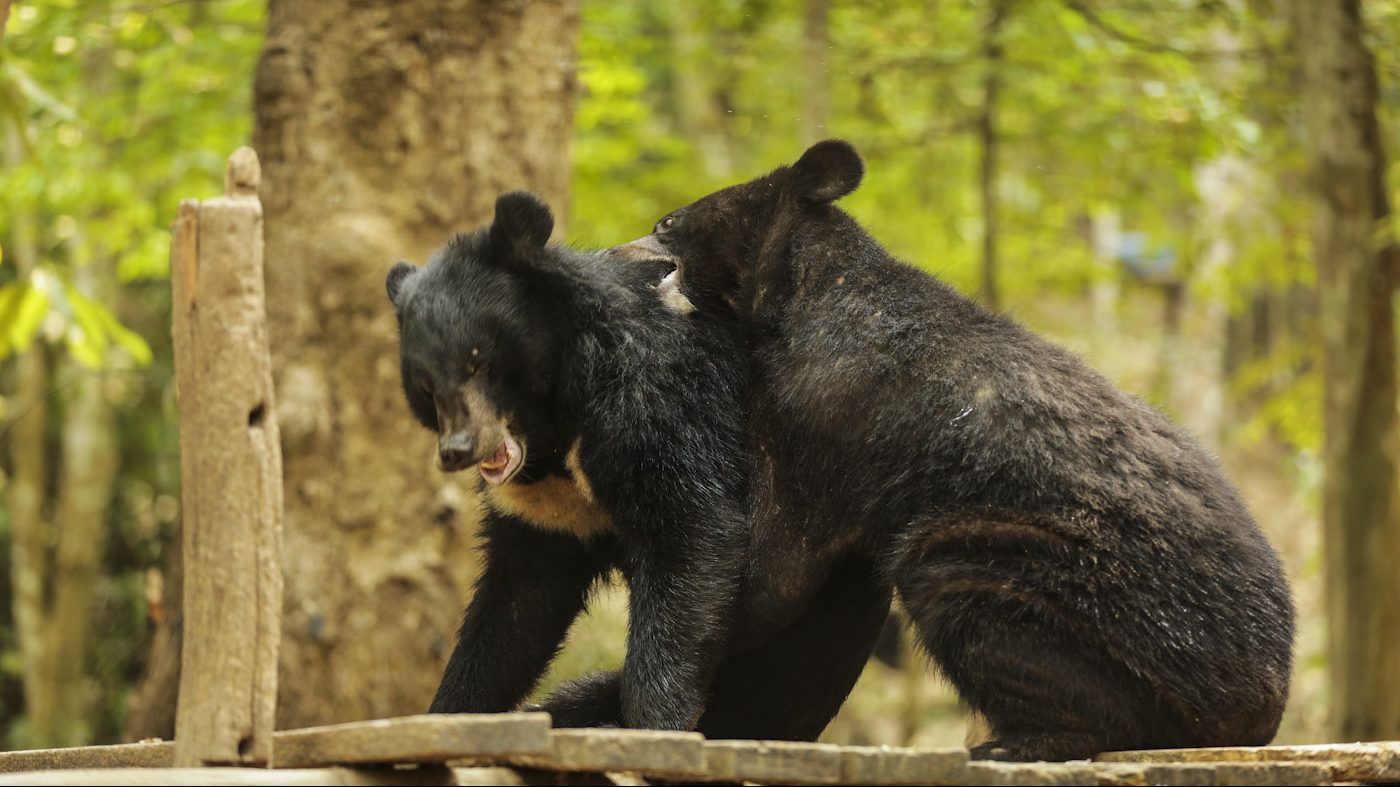
The flash doesn’t exist in nature, so there is nothing animals can relate to when they see a flash. If you are using a flash, you are probably photographing nocturnal animals, which are not used at all to light, one more reason to not expose them to such a strong amount of light, as the one of a flash. These animals have very sensitive eyes and a flash will blind them, even if momentarily. Flash can also be a cause of stress and change of behaviour patterns.
2. Use a tele zoom (200mm or plus)
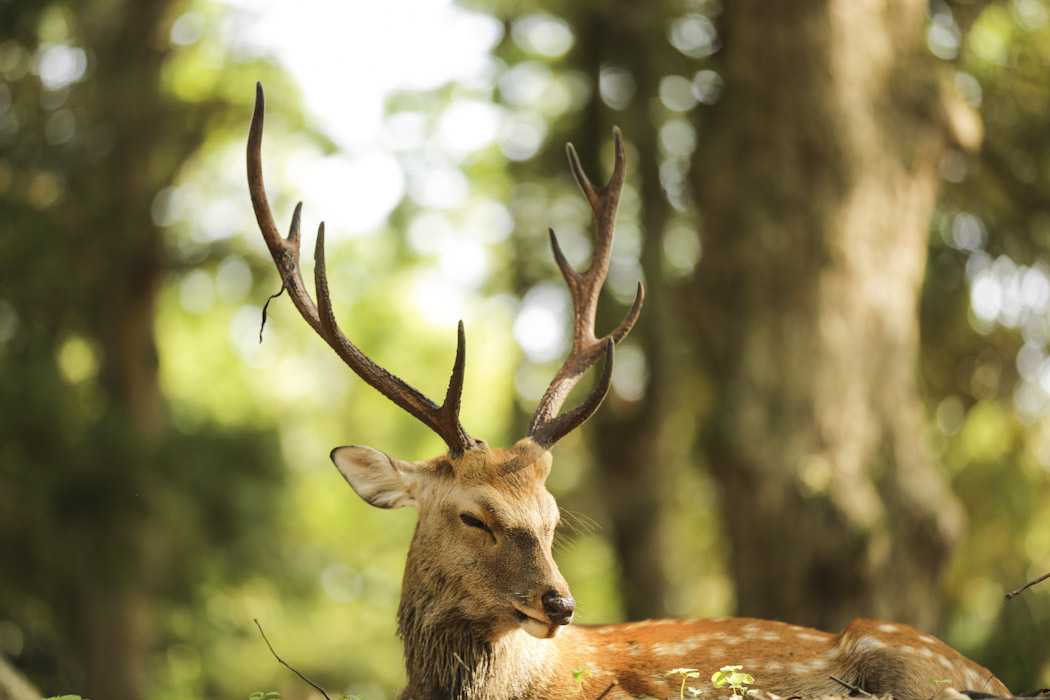
If you are up to a wildlife tour and you are equipped with your mobile phone, you should be prepared to leave the phone in your pocket and simply enjoy the views. If ever you take the phone from your pocket, this probably means you are too close to the wild animal, and you should be asking yourself some questions. There’s a reason why wildlife photographers carry kilos of tele lenses with them. They do it because they keep a reasonable distance. They keep their distances both for their own safety but also to respect the environment they are photographing.
3. Don’t approach wildlife with drones
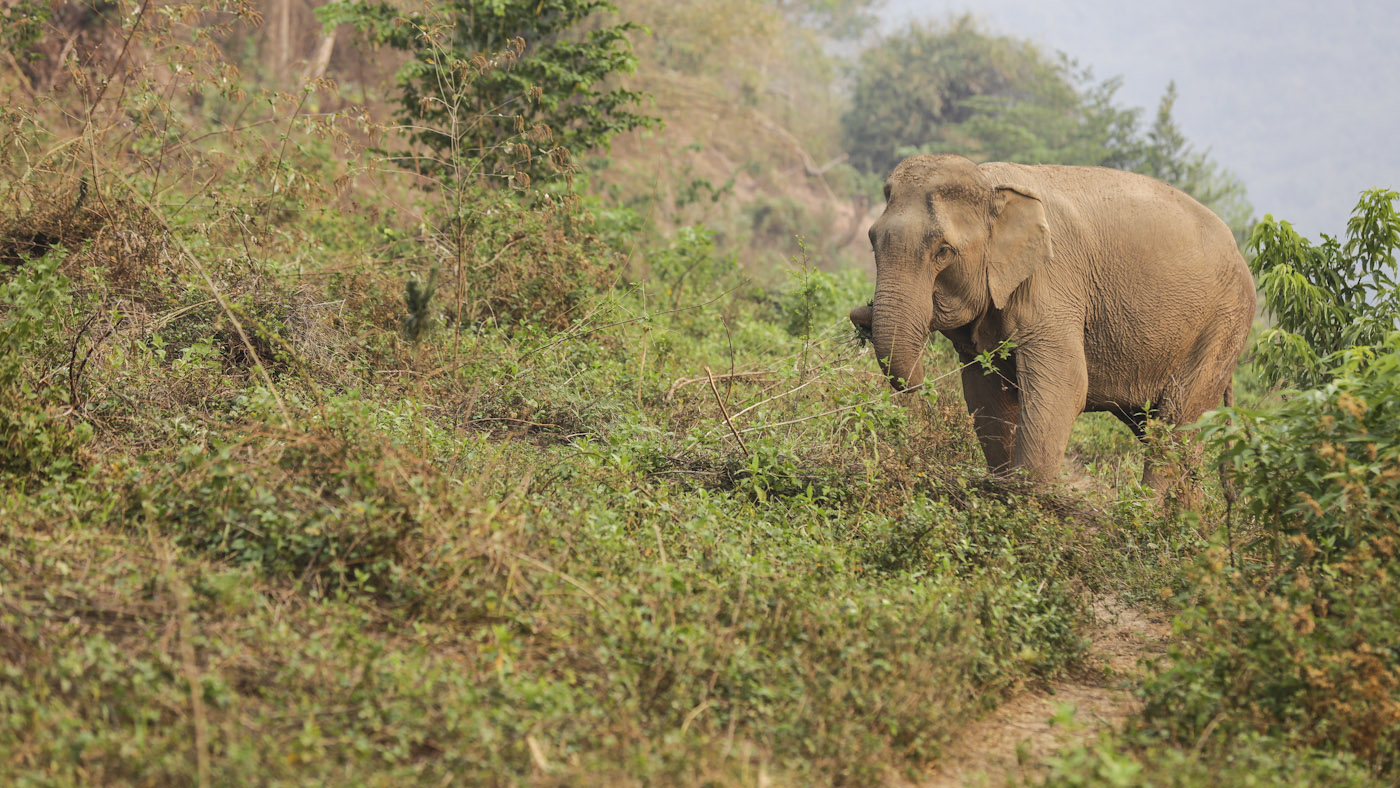
It is tempting to send the drone out to approach your wildlife subject, isn’t it? You won’t be exposed to any danger and you can get really close. But, unfortunately drones are quite noisy and there are enough examples of animals being put at risk because of drones flying too close to them. Be respectful of the wildlife’s security and quietness.
4. Don’t approach wild animals – Give them space and keep quiet
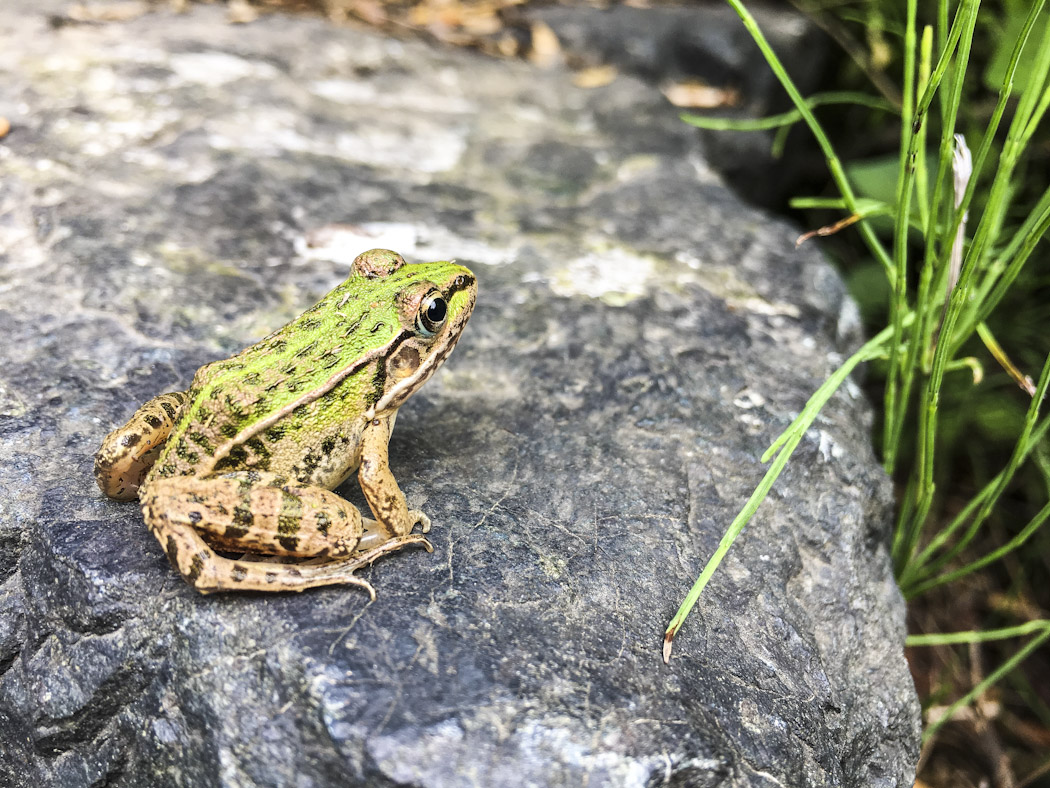
Wild animals are not accustomed to humans, and that is how it should remain. You should never come too close to wildlife. If your tour is offering you a visit to a sanctuary where you will be able to take a selfie with a leopard, you should ask yourself how come? Why will the wild animal not attack me? In many cases, animals are sedated so that you can take a selfie with them. No one should find this normal or acceptable! The only way to fight against this cruel treatment is by not supporting this kind of tours.
5. Do not feed wild animals – Are the animals being enticed with food?
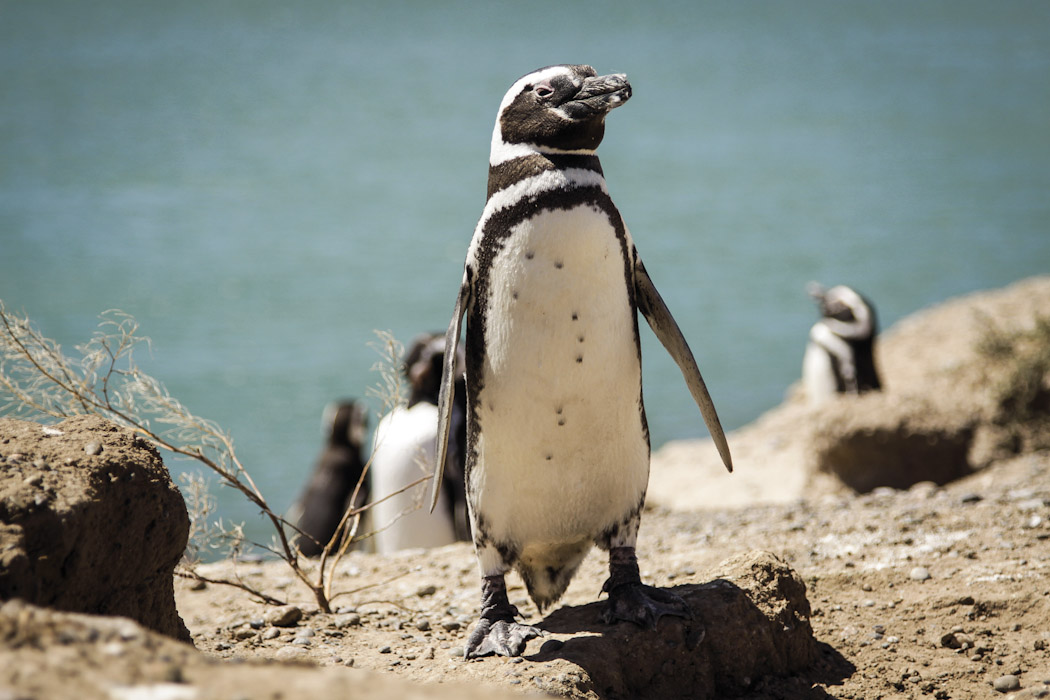
It is also not ok to feed wildlife. Many tours feed wild animals in order to entice them to a certain place at a certain time. If a tour guarantees that you will see wildlife you should again ask yourself some questions. Feeding animals with bait in order to be able to approach them and be sure the animals will be there for a group of photographers is not acceptable. It also is a non-ethical approach that should not be encouraged.
6. Don’t share GPS location of wildlife
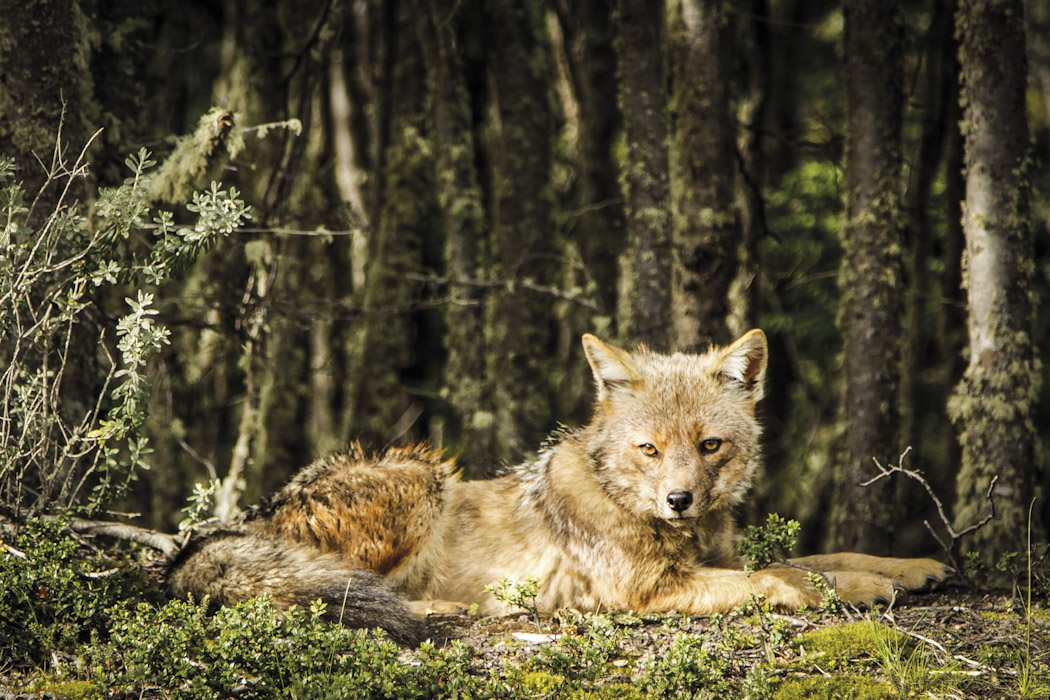
The more followers you have on social media the less ok it is to share the GPS location of the place where a nest or a den is located. This will only make a crowd of people go there and disturb the animal in search of the same photo or a better one.
7. Don’t pay to release encaged animals
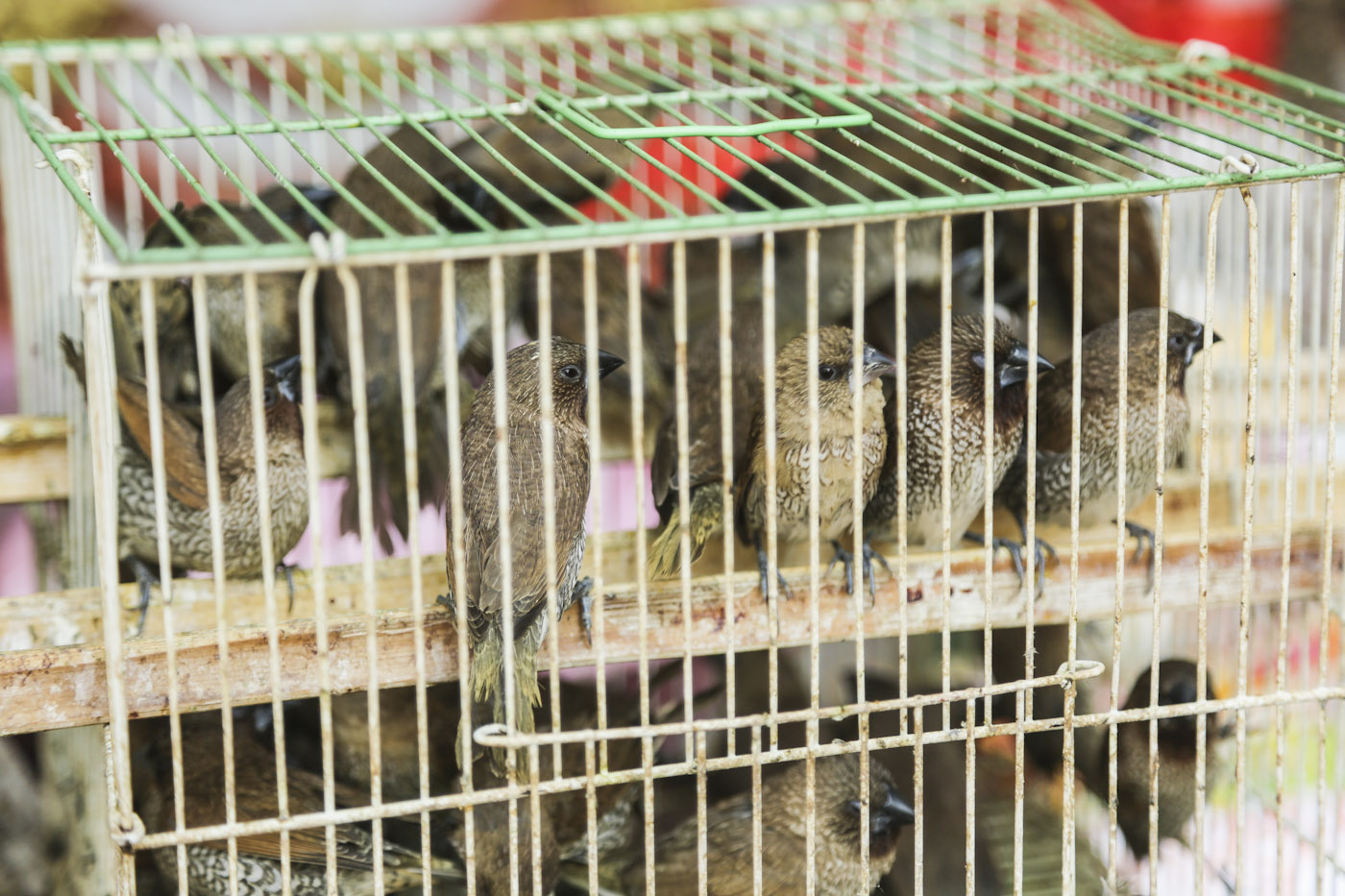
You might think that releasing birds from cages is a kind act but you need to be aware that it is also a business in some countries, therefore, as long as people are making money with the release of birds, they will also perpetuate their imprisonment. The practice of releasing birds has been a popular Buddhist ceremony as a way for men to receive merit. Fortunately, for a couple of years now, many Buddhist temples have been raising awareness about this cruelty imposed on birds so that humans can reach merit, and have been discouraging this practice. The best way to keep birds free is to stop buying their freedom.
8. Do your research about the game farm or animal sanctuary you are going to visit
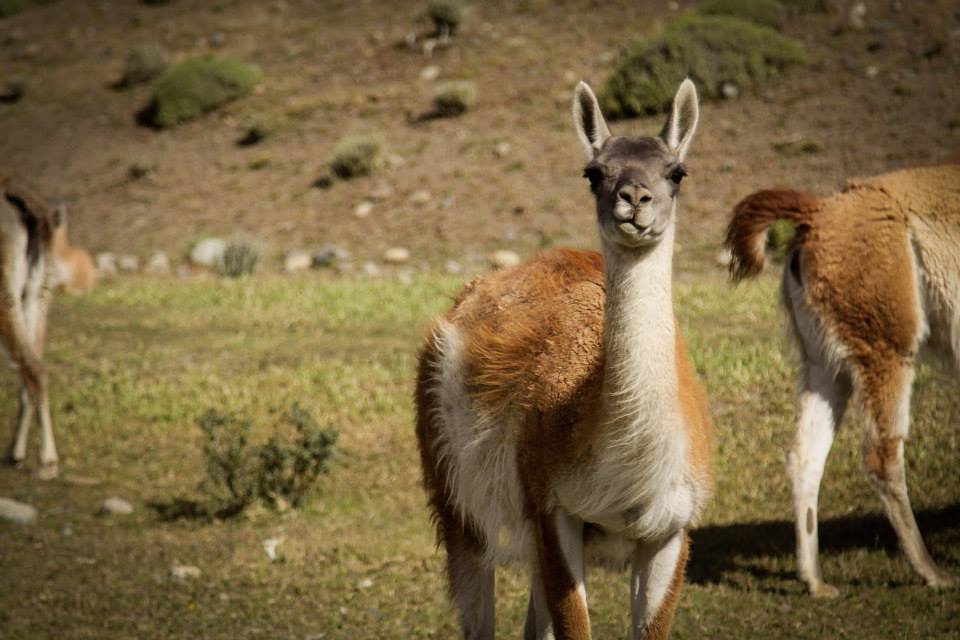
Let’s face it, game farms and animal sanctuaries can easily become businesses, which is ok if that’s the way to raise enough money to care for the animals in those places. The problem is when the animals become the means to make money and they themselves are relegated to a secondary place. In order to avoid these traps, you need to ask yourself the following questions: Where would these animals be if they were not here in this sanctuary? Why are they here? How are they being treated? If it doesn’t feel correct, then it is probably not correct.

